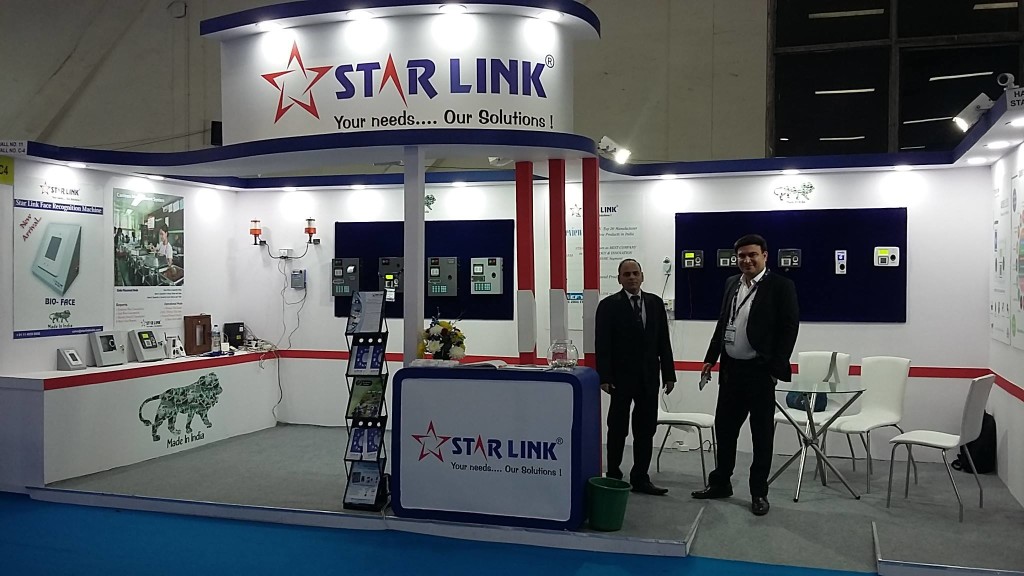24x7x365 Support No. 011-40848888 (Except National Holidays)
24x7x365 Support No. 011-40848888 (Except National Holidays)

Posted On: January 15, 2018
/Categorized In: Biometric Technology
/Written By: Starlink
For any manufacturing company, R&D (Research & Development) plays a very important role in its success. Product development in many companies is increasingly derived from the knowledge gained through extensive research and development work along with fact findings from the market and key customers. While this can be viewed as a way to secure customer loyalty and reduce competitor threat, moving away from product-driven strategies to a more customer-centric focus can increase the possibility of significant innovation in the evolution of a product.
R&D is very relevant in today’s competitive scenario when customers are hankering for new products and new technologies. STAR LINK has in-house R&D team that meticulously works for embracing latest or upcoming technologies in the field of biometrics. Although, there are many other benefits of in-house R&D team for any company to decide its growth strategy. But no one focuses on how the customers can get benefit out of it.
STAR LINK is one of those companies that routinely utilise customer feedback when designing new technology ranges biometric attendance and access control system. In this article, we will illustrate the relevant points and scenarios which can decide how customers and manufacturers both can get the advantage of in-house R&D team:
Out-of-the-box Requirement of features:
Sometimes a customer has a unique requirement which is not possible for any company to provide in their standard product. But the company with in-house R&D team can customise their specific requirement and incorporate the technical aspects into their product to serve the purpose of the customer in the limited time frame.
Embracing Latest Technology:
Any company can continuously upgrade their security and employee management system with the latest technology as the R&D team of their solution provider works to incorporate latest in their products and systems. The customer becomes informal, yet a highly valued participant in the R&D process when being given the opportunity to play a key role in driving innovation by the manufacturer.
Direct Feedback Implementation:
We now live in a time when manufacturers listening to consumers and refining their product designs and specifications accordingly is considered a key component of a solid and forward thinking R&D strategy.
With above benefits to customers, there are many downsides of customer-centric R&D.
The most obvious one that comes to mind is that, while one customer’s insight can lead to the improvement of product functionality, another might not have a sufficiently broad market vision to inspire true innovation.
